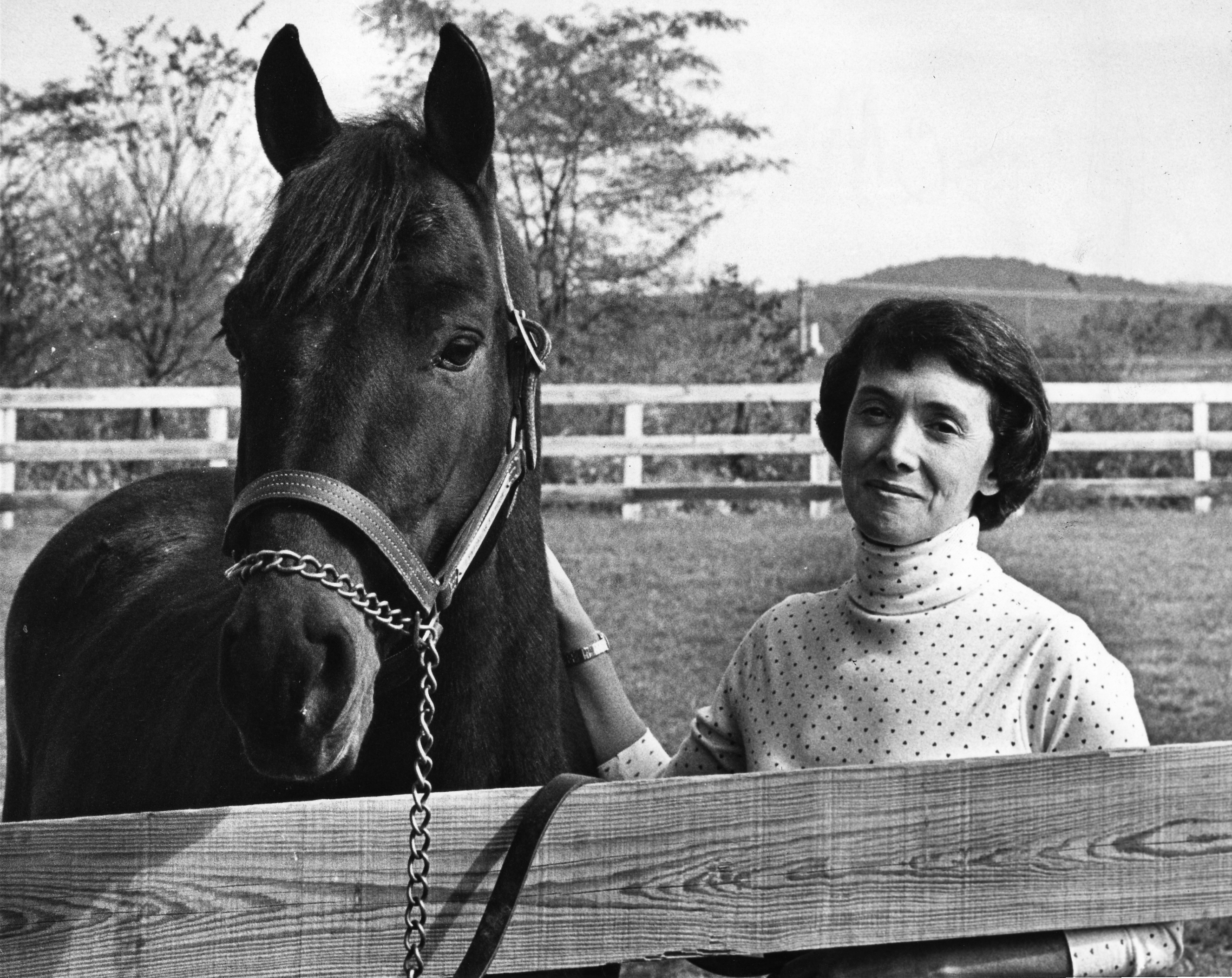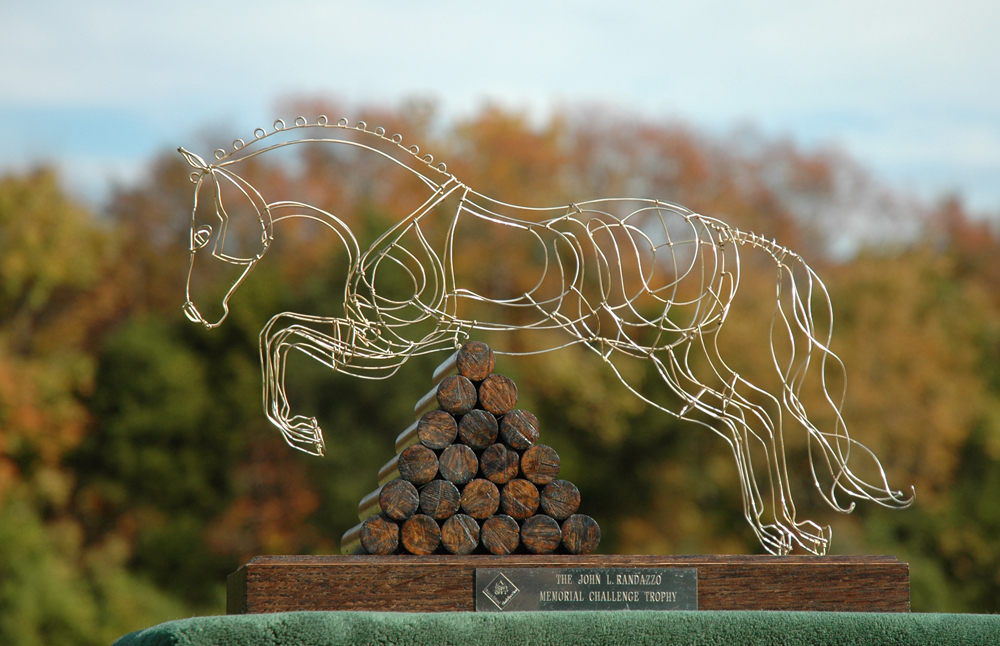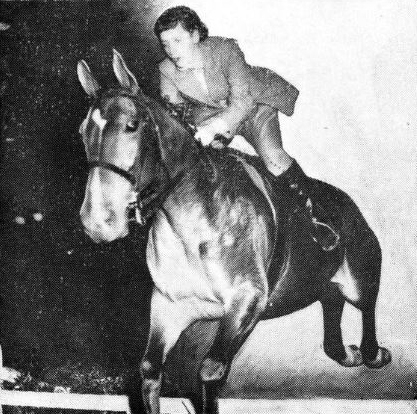History of Kerrymor Farm

Kerrymor Farm began quietly in 1972 when the McKenna family of St. Louis bought a yearling Connemara for their youngest daughter to ride.
The McKennas were thrilled with the gentle nature of the breed but wanted a Connemara that could compete successfully in the open show world. The family traveled to Vermont in 1975 in search of that Connemara.
Joan and Joe McKenna found two ideal ponies: a broodmare named Round Robin’s Easter Bonnet and her colt, Lynfields Kiltuck. Kiltuck went on to become the farm’s foundation stallion, siring more than 25 foals before retiring in 1999.
Robin was purchased in foal to *Texas Hope and produced one last offspring, Kerrymor’s Autumn Hope, a mare that won many medium pony and Connemara championships during her 20-year show career, as well as the USEF Connemara of the Year award three times. Hope competed in a Challenge of the Breeds event in 1985 with the McKenna’s son, Terry, a multi-day competition in which the two were tested in barrel racing, Western pleasure and driving, along with the more familiar territory of jumping. Terry and Hope continued to stretch their horizons in Arizona in subsequent years, participating in jackrabbit hunting and cattle drives.
Kiltuck succeeded in the show ring, as well — in hunters, jumpers, dressage, eventing and conformation. He always loved water, in play as well as competition.
The farm currently is not a breeding operation, but, during its heyday, the emphasis was on producing ponies that were intelligent, keen, athletic, eye-pleasing and total pets at heart.
—–

John L. Randazzo Memorial Challenge Trophy for Connemara Performance Champion
Connemara challenge trophy
Joan and Joe McKenna introduced the John L. Randazzo Memorial Challenge Trophy in 1979. The beautifully crafted wire sculpture was named in honor of Joan’s late father.
Joan’s mother, Adelina Randazzo, likely was involved in the trophy project, as well, or her name would have been on the trophy, too. The identity of the artist is now unknown.
The trophy was intended to go to the winner each year of the Connemara hunter division at the St. Louis National Charity Horse Show, a show the McKennas helped rebuild.
In the mid-1970s, Joan and Joe — along with friend, fellow horseman and St. Louis County Parks Director Wayne Kennedy — came up with the idea to revive the old St. Louis National, a show that began in 1856 and is considered the oldest horse show west of the Mississippi.
Joan, a Saddlebred and jumper rider, had competed in the show at the old Arena as a child in the 1940s.
In fact, Joan’s parents had donated a trophy to the show in her name in 1946, when she was 12, the type of news that once appeared in newspapers, such as the St. Louis Post-Dispatch.

Trophy donation made in 1946 in the name of Joan Francis Randazzo to the St. Louis National Horse Show. Source: St. Louis Post-Dispatch, Sept. 1, 1946

Joan Randazzo continued riding in college on her jumper, Woodlad.
The McKennas and Kennedy brought in many top horsemen in 1976 to help get the revised show off the ground, but it still took two years to make it happen in 1978.
The very first classes on a crisp fall morning were Connemara breeding classes as a tip of the hat to the McKennas for their role in the endeavor. Connemaras came to St. Louis from across the country for the show.
The trophy made its debut as the award for the Connemara hunter performance division in 1979, the same year that Kerrymor’s Autumn Hope turned 3, but she was only getting her feet wet in the show world that year. Her future was far from certain.
The challenge trophy was to remain with the show unless it was won three times by the same Connemara.
Round Robin’s Indestructible and child owner/rider Deirdre Heekin took home the trophy the first year. The gelding was by An Tostal (Autumn Hope’s uncle) out of *Sun Cloud. The pair had been cleaning up at Connemara and open shows around the country and kept their winning streak going at the National.
The smart money would have been on Indestructible winning the trophy the first three years it was offered.
But Autumn Hope’s career took off pretty quickly by the time she was 4, and cousin Indestructible, 12 years older, had some real competition at the A-show level.
Autumn Hope ended up winning the trophy in 1980, 1981 and 1983, sending it home “forever” with the McKennas (Hope also won the division in 1984).
It is likely the McKennas will put the trophy back into circulation at some point, but it is unlikely that it will go back to the Connemara breed, given the American Connemara Pony Society’s current bias against pretty, refined Connemaras.
The trophy seems destined for an organization that embraces and praises athleticism, intelligence, enthusiasm, skill, endurance, beauty, and safety in a horse or pony that competes in open competition, which requires training, bathing, often clipping, sometimes braiding, and always putting in the work required to be prepared for the competition. That is the definition of doing it all. That is the essence of being a premium equine.
—–
American Connemara Pony Society history: Interested in how the society got started? We have chronicled the early years of the ACPS.